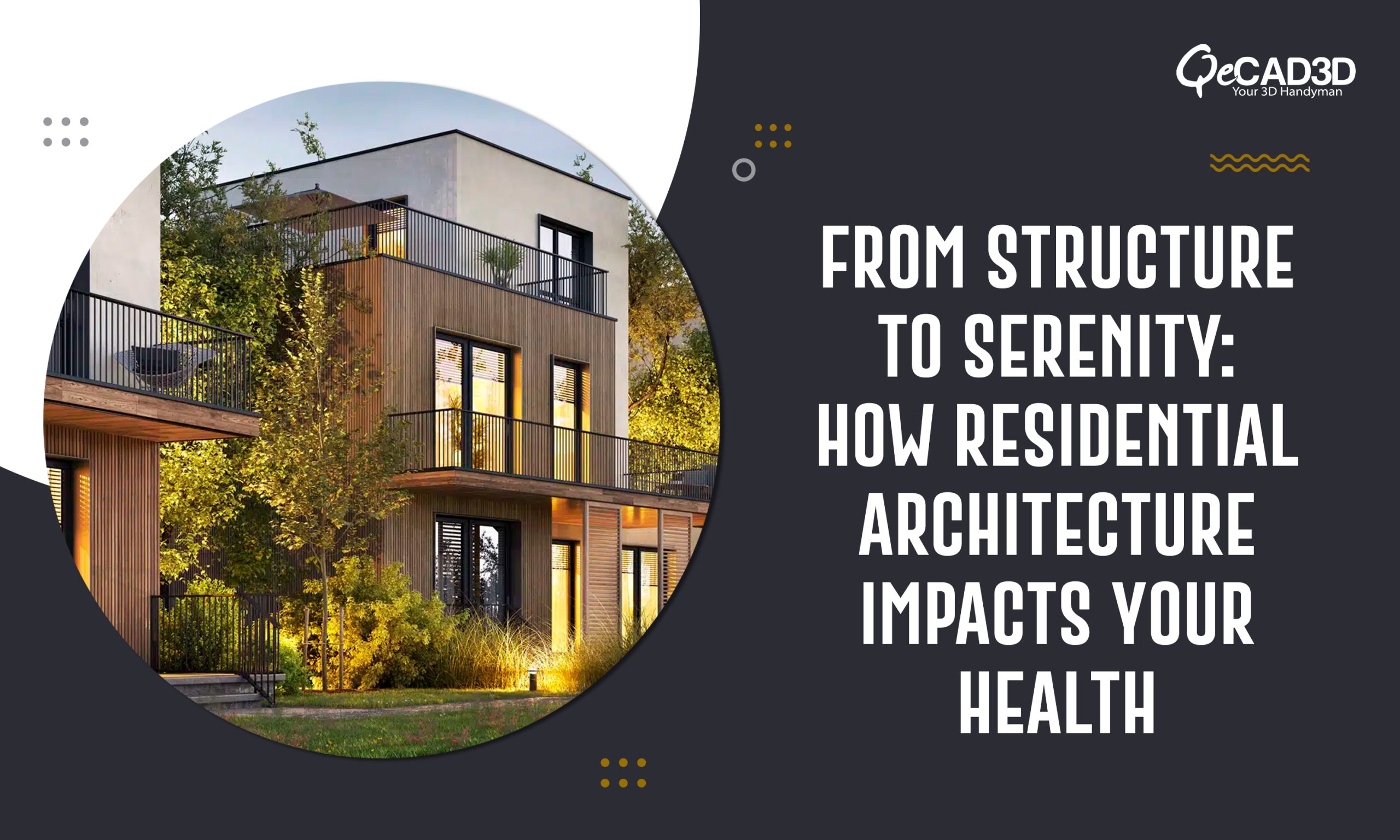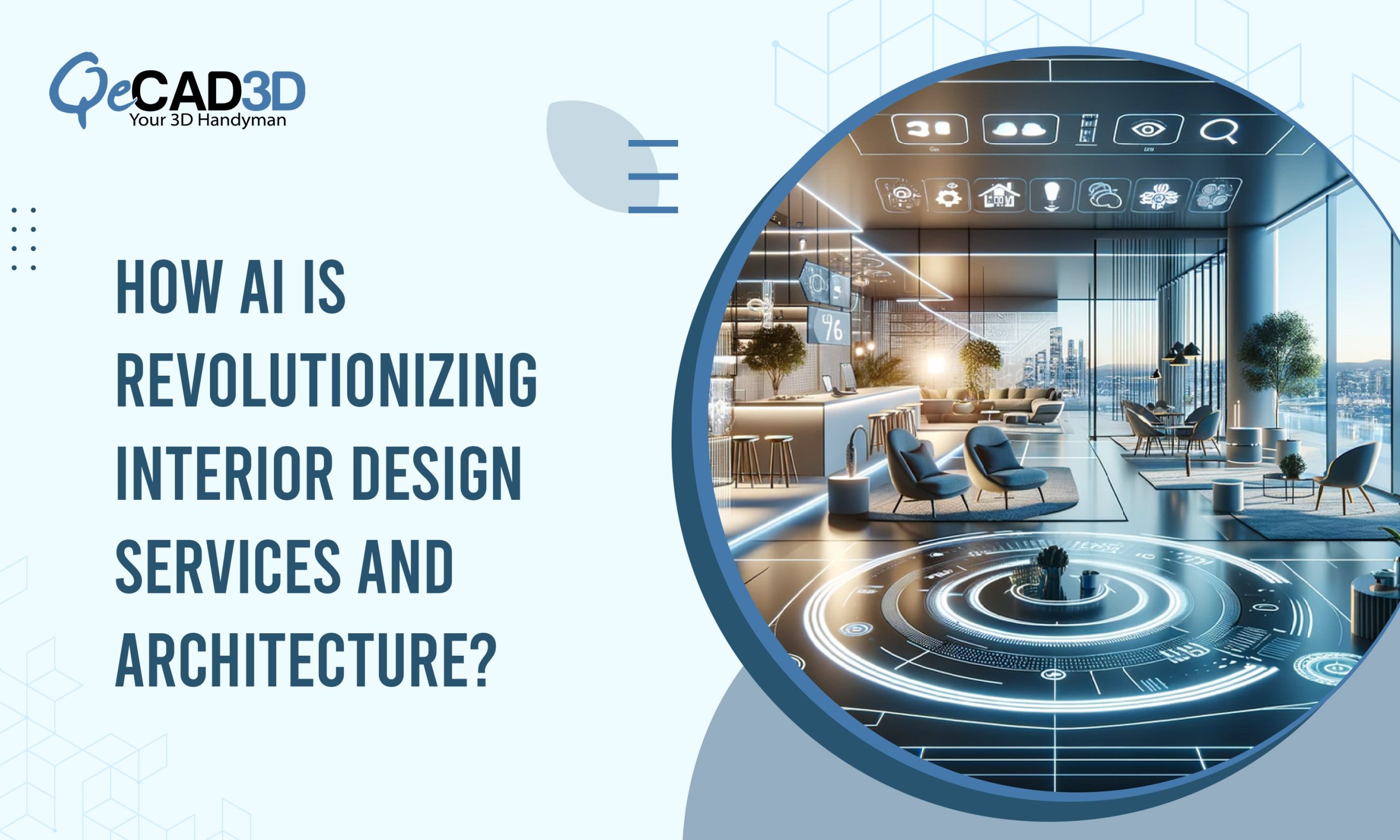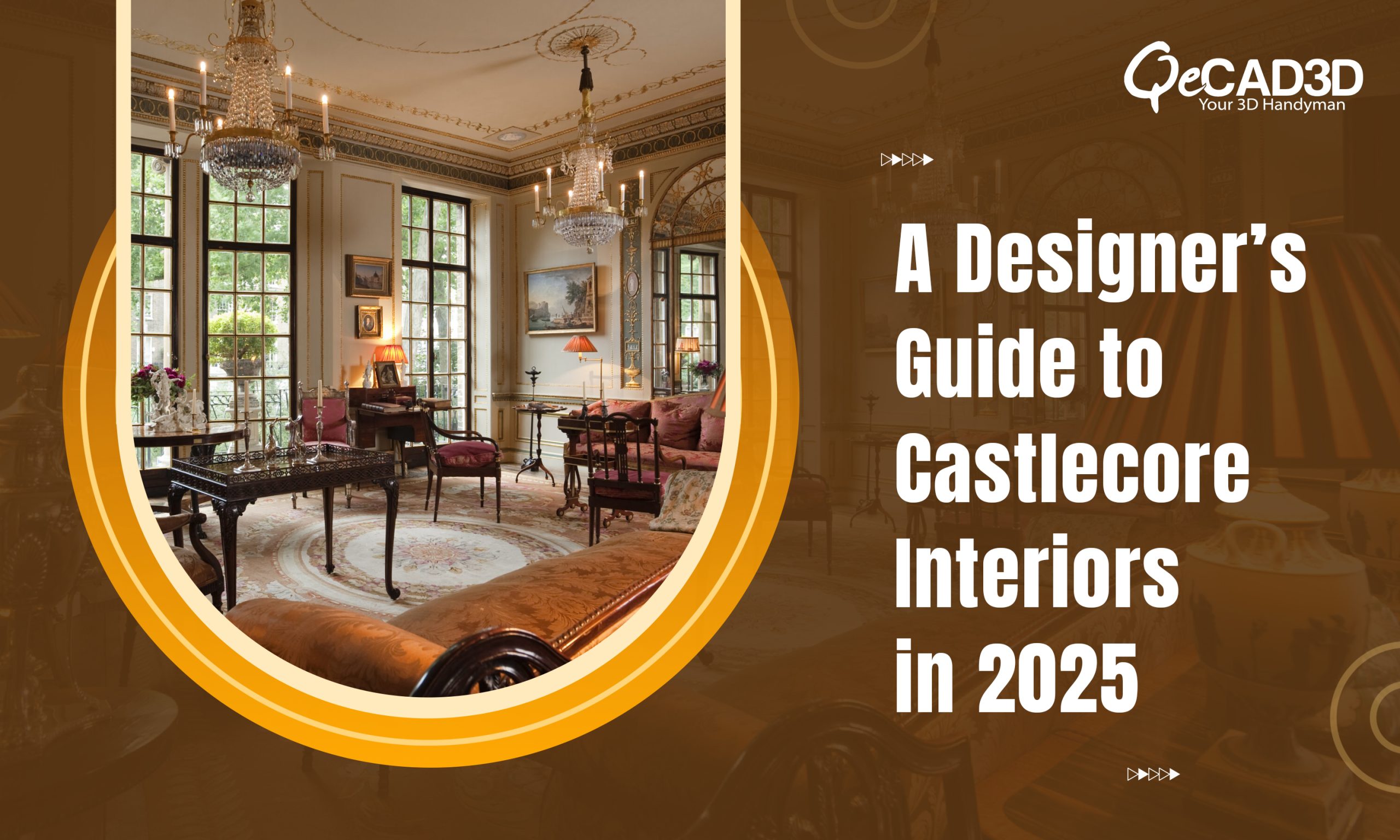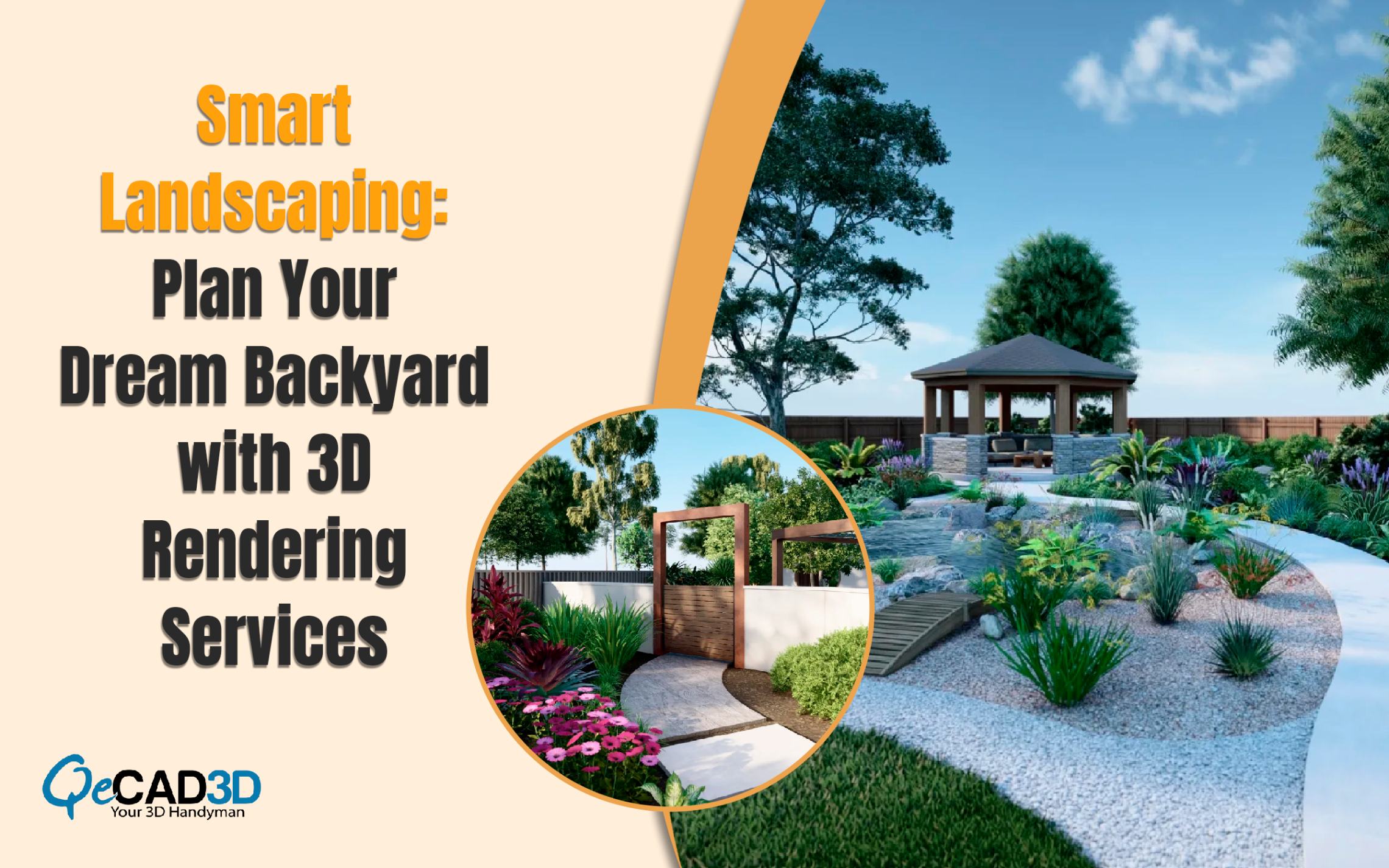From Structure to Serenity: How Residential Architecture Impacts Your Health
In the quest for wellness, we often only focus on diet, exercise, and mental health, but there’s one more additional factor that can be of direct influence on our well-being and that often flies under the radar of residential architecture. Yes, the spaces we inhabit do have a profound impact on our physical as well as mental health and well-being, influencing everything right from our stress levels to our quality of sleep.
The below article will help you explore the major five ways in which residential architecture can impact your health, mentally as well as physically.
1) Natural Light and Ventilation
Natural light is very much essential for our well-being. Just a bit of exposure to sunlight helps to regulate our circadian rhythms, improving the sleep quality thereby boosting our overall mood. A well-designed home often incorporates ample windows and skylights to maximize the natural light throughout the day. Additionally, appropriate ventilation is also crucial for maintaining the indoor air quality and preventing the buildup of pollutants, which directly can contribute to the respiratory issues as well as allergies. The strategically placed windows and ventilation systems do ensure a constant flow of fresh air, creating a healthy and wealthy indoor environment. With availing an apt 3D Interior Rendering Services, you can check on for the different iterations of placing the window design as well as ventilation systems and select the best for you.
2) Biophilic Design
Biophilic design often seek to reconnect the humans with the nature by incorporating natural elements into the built or constructed environment. Many studies have shown that even a small amount of exposure to the nature, say in the form of indoor plants or nature-inspired artwork, can reduce the stress levels to a greater extent, lowering the blood pressure thereby increasing the productivity. Residential spaces that embed the biophilic design principles feature elements such as green walls, living roofs, and natural materials like wood and stone do foster a sense of tranquillity as well as sense of well-being.
3) Spatial Layout and Functionality
The layout of any home can directly impact our daily lives and the overall health. Spaces that are well-organized and even functional at the same time are known to promote the efficiency and the minimize the stress. Conversely, any cramped or poorly designed layouts can impede the movements and also exacerbate feelings of claustrophobia and anxiety in humans. A well thought design considerations, like open floor plans, ample storage solutions, and multi-functional spaces, are known to enhance the usability as well as liveability of any home, contributing to a much healthier and happier lifestyle.
4) Acoustic Comfort
Noise pollution is a significant concern in the urban and modern environments, affecting both physical as well as mental health. Any excessive noise can disrupt the sleep patterns thereby causing stress and even leading to a hearing loss over the period of time. Effective acoustic design strategies, such as sound-absorbing materials, double-glazed windows, and strategic placement of rooms, can mitigate or diminish the noise levels and create a quieter as well as more peaceful living environment. A good acoustic design supports overall well-being with minimizing any sort of distractions and promoting relaxation.
5) Accessibility and Universal Design
As populations age and the prevalence of any disabilities increases, the importance of a accessible housing cannot go overstated. Universal design principles aim to curate the spaces which are usable by a set of people of all ages and abilities thereby promoting independence and inclusivity. Many features like step-free entrances, wide doorways, and lever handles do benefit individuals with the mobility challenges, while a thoughtful design considerations like slip-resistant flooring and well-lit pathways enhance safety for everyone. By prioritizing accessibility any residential architecture can be of great support to the health and autonomy of all the occupants.
Conclusion:
The impact of residential architecture on our health and well-being is deep and multifaceted. From maximizing natural light and ventilation to embracing biophilic design principles and promoting accessibility, thoughtful architectural choices can enhance our physical, mental, and emotional well-beings. By opting for precise 3D Rendering Services during the design process, architects and homeowners can curate spaces that nurture and support the inhabitants, fostering a happier and healthier way of life.






